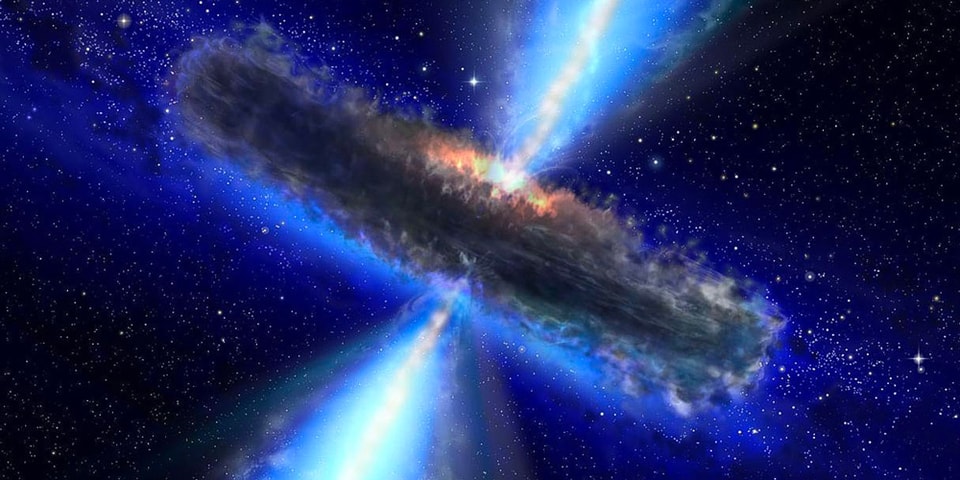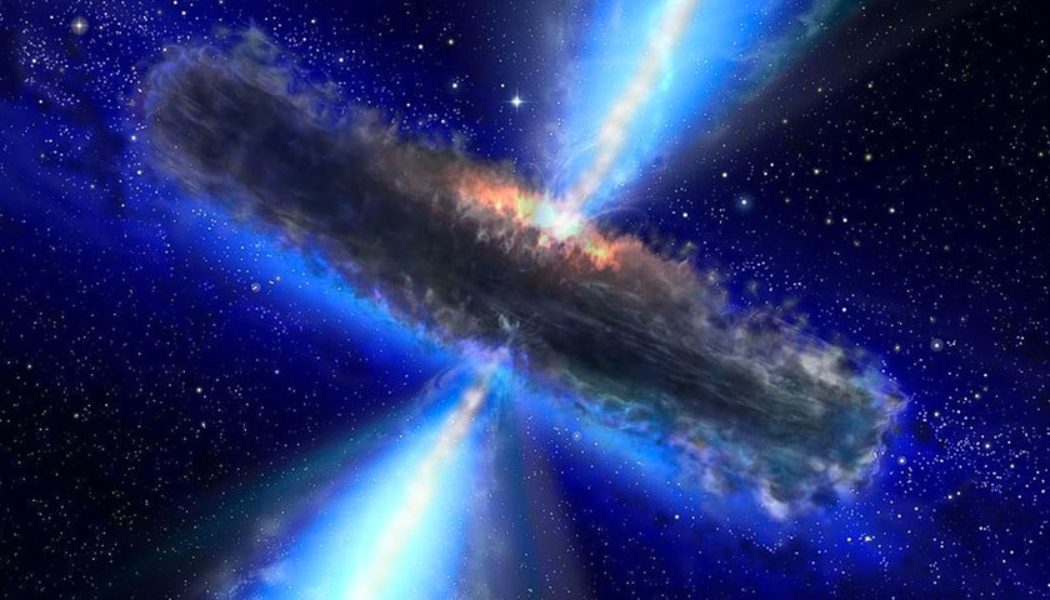
Kurzgesagt’s latest In a Nutshell video takes us once more to the depths of space to look at the scary phenomena that are black holes.
Rather than go into topics like dark matter and how black holes are formed, this video blows viewers’ minds by giving them a size comparison of the different black holes that exist in the universe. From the tiniest primordial black holes to the familiar stellar-sized ones, down to the terrifying ultramassive ones. The video starts by explaining that the smallest know stellar black hole has a mass of 2.7x our sun but is sized roughly the same diameter as the city of Paris. More interesting facts are explained like how the closest black hole, named “Unicorn,” is only 17.2 km in diameter but is able to throw around V723 Mon, a star that’s 42x the size of our sun.
One of the mysteries surfaces as the video reveals that after 150 solar masses, there is nothing that gradually sizes up, which is conflicting as many believe that black holes continue to grow. It basically jumps from 150 solar masses to something thousands of times denser. It is theorized that this is a result of the early universe forming quasi stars — stars with so much mass that they were able to keep the black holes fed for millions of years — this falls in the supermassive black hole category. Scientists were actually able to photo one of these supermassive black holes in the epic M87 image. It is scary to think, but this black hole is larger than our entire solar system.
This is just the tip of the iceberg, however, as viewers will need to watch until the end to learn of the startling mass in what is known as an ultramassive black hole.
In other tech news, SpaceX installs 29 engines on massive Super Heavy booster for Starship’s first orbital test flight.









